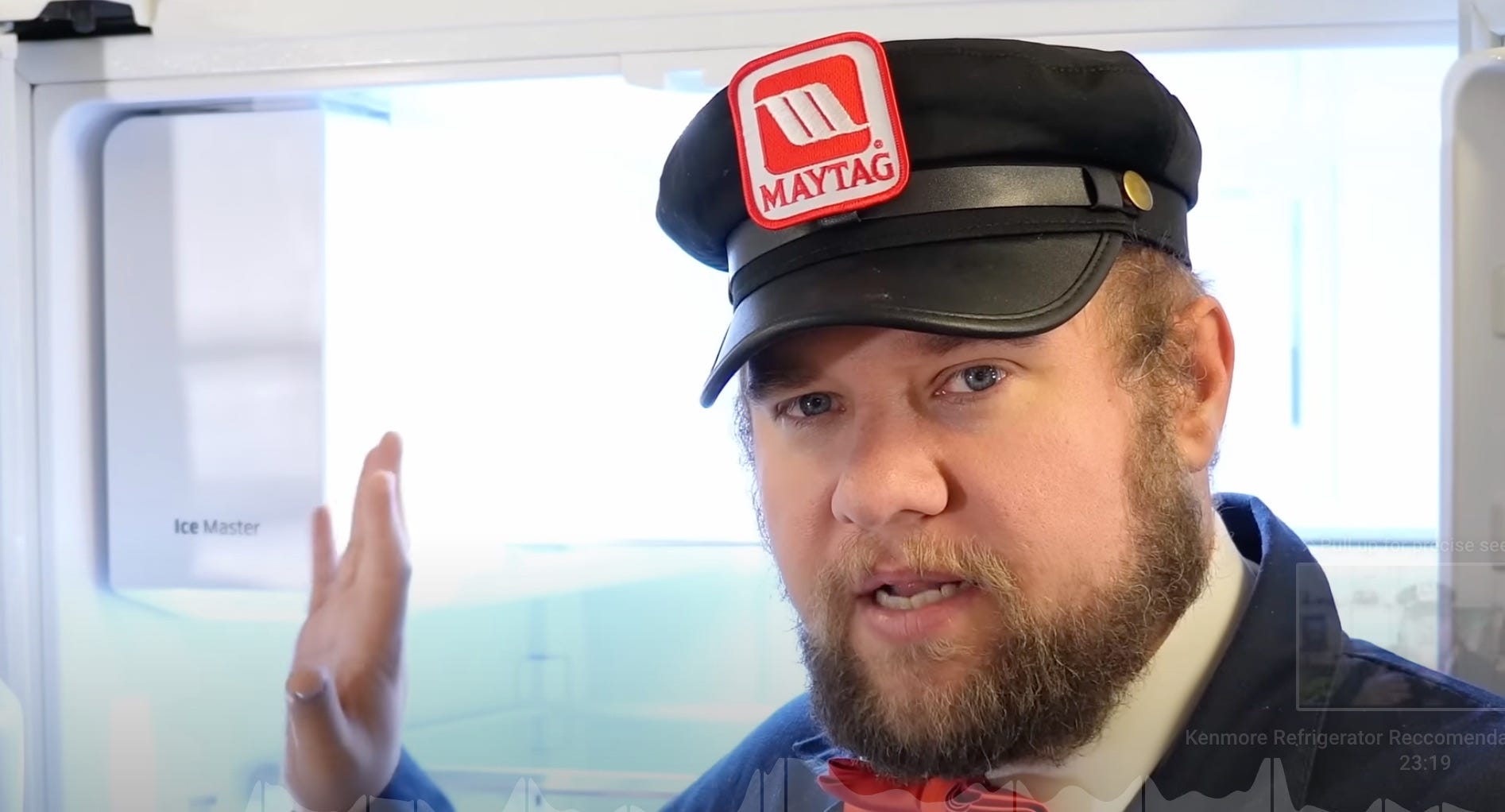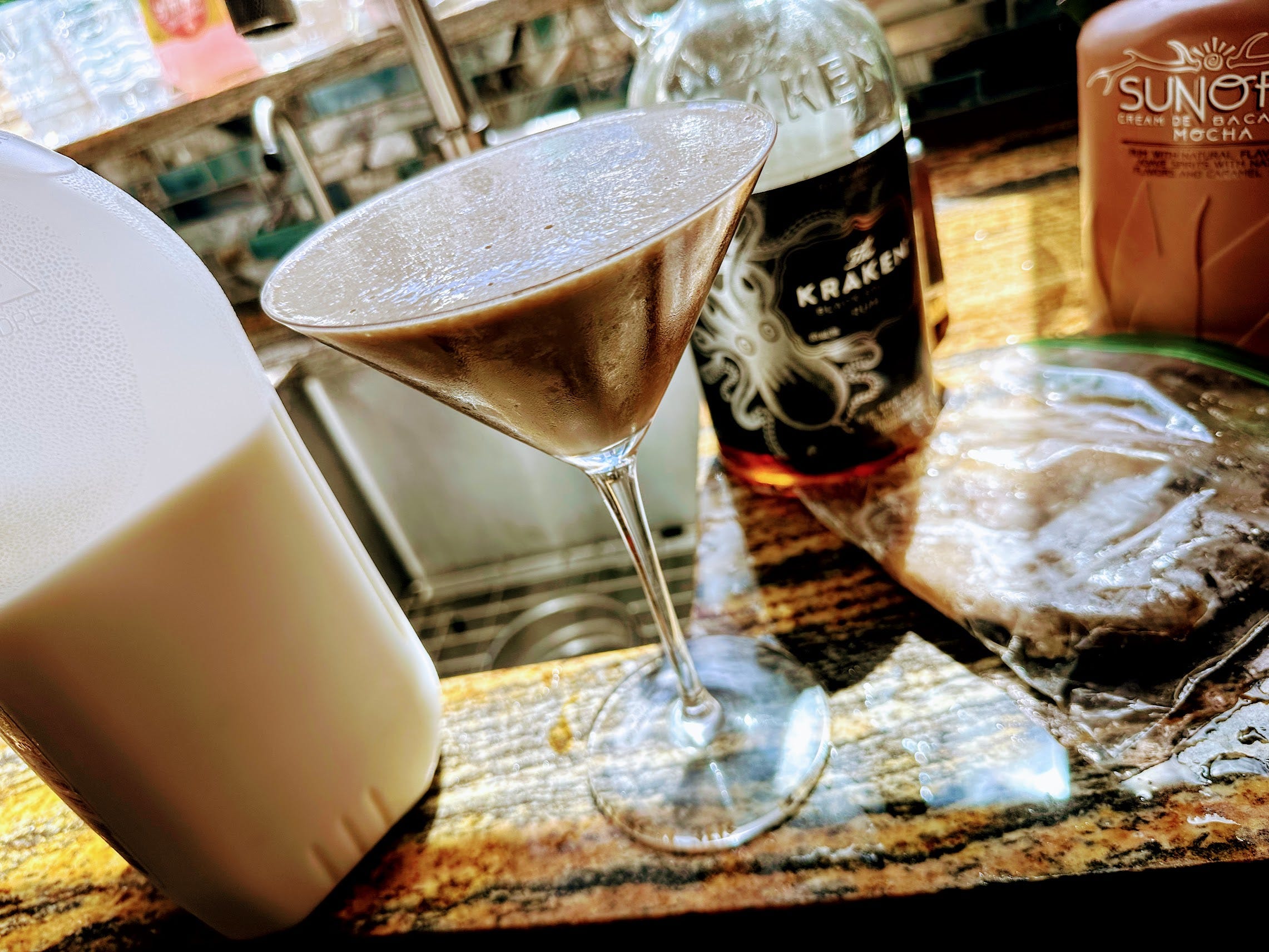Your appliances are crap
All your white goods are no longer made like they used to. Here's what you need to do to protect yourself.

This week, my wife and I got a bit of a surprise — our new GE refrigerator, which we bought six months ago, started to defrost. We thought perhaps we left the freezer door ajar, but then we started to hear a bad clicking sound. The refrigerator failed within hours, and all our food had to be removed. This resulted in a panicked rush to buy a new chest freezer because we didn’t have a secondary freezer, only a few small spare fridge units.
After calling GE, it was determined that this was covered under the first-year warranty. Originally, we would not get a repair guy to come for a week, but thankfully, they got someone within two days. The diagnosis by the service tech was that the compressor had died prematurely, and sadly this was not an uncommon occurrence with the current generation of refrigerators. Also, due to supply chain issues, he didn’t have a replacement part in his truck, and it would take up to two weeks to get a new one.
The plot thickens
As it turns out, the reason for this supply chain issue is that refrigerators produced by GE since January of 2022 now use a new type of refrigerant, R600a, which replaces the R134a/R134 and R-12 CFC refrigerant that refrigerators have used for decades. R600a is an HFC-free refrigerant with no ozone depletion potential and lower global warming potential than R134, and the compressors and condensers that use it are also more energy efficient.
However, this requires a completely redesigned part, which is not heavily seeded into the distribution channel like the R134 compressors. And according to our tech, they’ve been failing, not just in GE but other manufacturers. Different types of compressor technologies are in use depending on the manufacturer — GE, for example, uses a reciprocating compressor.
Still, all of them are fairly unreliable now — particularly the linear compressor made by LG, which is notorious and has been the subject of class action suits. And Samsung has its issues too.
I’ve been saying for years that all of your appliances are crap. GE Appliances has been owned by Haier, a Chinese firm, since 2016. But even if these companies have a final assembly in the US (GE still has factories in Louisville, for example), many of the parts come from China and are not machined to the same tolerances they used to be.
As a result, refrigerator/freezers and other white goods now have expected lifetimes of maybe five years. They suck — watch this great video for details.

Keep it simple, and get the warranty
So as a consumer, how do you deal with this? For starters, don’t spend a ton of money on these things because of style and looks, and don’t go for anything with a lot of complex electronics if possible. The GE we bought was not the most expensive; it has a street price of about $1500.
You could easily spend $2000 and up (OMG, the $10,000 Vikings) on a fridge with “smart” features and sophisticated dispensers (notorious for breaking as they aren’t designed very well).
Knowing how problematic those things are, we got one without a water dispenser. I would have preferred to buy one without an ice maker because those also create problems due to their temperature disparity with the refrigerator compartment. So we don’t run the ice maker in it — we use a separate one.
In this case, it wasn’t the extra doodads or a main system board (also a frequent problem) that failed — it was the compressor, the most important component in the appliance.
Ours failed within six months of ownership, so the original manufacturer warranty covers it. But yours could die in two, three, four, or five years — and we’ve had several appliances die outside the original warranty.
The way to shield yourself from these issues is to get an extended warranty for your appliance offered by the manufacturer or retailer.
And it isn’t whether you will need the extended warranty on your household appliance. It is when.
Typically these cost about 10 to 20 percent of the price of the appliance, depending on the length of the warranty (3 to 5 years). We’ve used these multiple times for other dead fridges and dishwasher units. In most cases, if the machine cannot be repaired, such as not having parts availability (this happened to us with a $1500 dishwasher with a dead system board a few years ago), they will either replace the unit with a comparable model or give you the cash value back.
THE DEFROSTY

If your refrigerator/freezer fails, you must quickly get your food into another unit. But this is also a good opportunity to clean it out and use up food before throwing it away due to spoilage.
Today we made a frozen cocktail using bananas, cold brew coffee, spiced rum, and cream liqueur. Scale it up per person for all the groceries you’re about to throw out.
- 2oz cold brew coffee or iced coffee
- 1oz cream liqueur (We used a coffee cream one from Mexico, but you could use Baileys, RumChata, or whatever you got)
- 1oz milk or melted ice cream (because you’re gonna throw it away)
- 1 brown banana or frozen banana pulp (you know, the one you’ve been saving for banana bread that you’re not going to make)
- 2oz Spiced Rum (I used Kraken, but you could use any spiced rum, gold rum, or dark rum)
- A few ice cubes (which are starting to melt)
Combine ingredients and blend until smooth.



